If you're a homeowner trying to cut costs you can pick up some DIY tips for fixing your toilet yourself at home of calling a plumber every time theres an issue, with it. Like understanding how to replace toilet fill valve, which is crucial, for maintaining a well functioning bathroom and conserving water efficiently.
Repairing a running toilet can help conserve water and save money with various flapper options available to detect leaks and address them independently leading to cost savings and a sense of accomplishment, in your DIY efforts.
Ensuring that the flapper chain is properly adjusted and mastering how to replace toilet fill valve are tasks to avoid water wastage, since they are which ultimately contributes to conserving both water and saving money with each small effort made towards conservation efforts.
When you repair your toilet at home it's not just upkeep since it's also about being eco friendly and cutting costs! If you're in the market for effective toilets to spruce up your bathroom space a bit efficiently than before! Armed with the information and skills of how to replace toilet fill valve, on hand fixing your toilet will be a breeze!

Essential Fill Valve System Components
Understanding the components of a toilet fill valve system is crucial, for mastering how to replace toilet fill valve and installing an one in your toilet, since, all these components collaborate to ensure the functioning of your household plumbing system.
Fill Valve
The fill valve plays a role, in replenishing the water in the toilet tank after flushing by connecting to the water supply line and opening to let water enter the tank until it reaches the level before closing again.
Float Mechanism
The float mechanism plays a role, in the fill valve operation by controlling the water level in the tank as it rises when water is added to the tank until it hits a level and triggers the fill valve to stop the water supply.
Water Inlet
The water inlet is where the water supply line links up with the toilet tank letting water enter the tank when the fill valve opens up situated at the tanks bottom or side.
Refill Tube
The refill tube guides water into the toilet bowl following a flush connecting to the fill valve to ensure water flow, for flushing usually extending from the fill valve to the overflow tube.
Overflow Tube
The overflow tube stops the tank from overflowing in case the fill valve doesn't shut properly by channelizing water into the bowl when the water level, in the tank goes beyond a limit.
How It Works
It's important to know how toilets work to keep them running over the years and make sure they operate smoothly when needed most. This includes understanding how the fill valve works during flushing and keeping an eye on the water level to avoid any overflow problems. In the end it all boils down to extending the life of your toilet and making sure it performs at its best.
Flushing
When you push the lever to flush the toilet it opens the valve that lets water flow, from the tank into the bowl. This starts the flushing process. As the water empties, out of the tank the refill valve kicks in to start filling it up.
Refilling
After the toilet is flushed and emptied of water, from the tank completely empty the fill valve will open to start filling it with water. When water starts flowing in the float mechanism will move upward. Once the float reaches the desired level of water in tank as, per setting it will notify the fill valve to close stopping any flow of water into it.
Overflow Protection
The overflow tube acts as a safety measure in case the fill valve fails and lets, in water, into the tanks bowl area. When the water level rises high in the tank it moves into the overflow tube. Then into the bowl to stop the tank from spilling over.
How to Replace Toilet Fill Valve
Embarking on a do it yourself project to install a toilet fill valve may appear daunting at glance; however it is achievable, with some effort and guidance. It presents a budget solution to maintain functionality of your toilet while also conserving both water and funds. This step by step manual about how to replace toilet fill valve aims to assist you in replacing your toilets fill valve thus enhancing its performance and durability, over time.
Shut Off the Water Supply
Before you start replacing anything in the toilet system make sure to shut off the water supply by finding the valve located near the bottom of the toilet and turning it clockwise to stop the water flow; this is the first step of how to replace toilet fill valve.
Drain the Tank
Make sure to flush the toilet to remove all the water from the tank use a sponge or towel to absorb any leftover water, inside the tank for an installation process; this is the second step of how to replace toilet fill valve.
Remove the Old Fill Valve
Remove the water supply line from the fill valve by turning the nut counterclockwise to detach it.Then proceed to uninstall the fill valve by loosening it from its position, inside the tank and be mindful not to harm any parts; this is the third step of how to replace toilet fill valve.
Install the New Fill Valve
Place the replacement fill valve, in the tank by aligning it with the mounting hole and then securely fastening it with the nut. Remember not to tighten it too much! Finally reattach the water supply line to the installed valve; this is the fourth step of how to replace toilet fill valve.
Adjust the Float
Make sure to set the float to the water level as shown by a mark, on the tanks side to ensure that it fills up correctly for flushing purposes; this is the fifth step of how to replace toilet fill valve.
Turn On the Water Supply
After you've put in and set up the fill valve properly turn the water supply on again by turning the shut off valve to the left. Let the tank fill with water and inspect for any leaks, near the connections; this is the sixth step of how to replace toilet fill valve.
Test the Fill Valve
After filling the tank with water from the flush and checking the fill valves functionality by flushing the toilet promptly to see if it fills correctly and stops when reaching the desired level; this is the last step of how to replace toilet fill valve.
Common Mistakes to Avoid During Installation
Embarking on a DIY project to replace a toilet fill valve requires attention and understanding of pitfalls to watch out for along the way in order to ensure a seamless repair and maintenance process, for your toilet plumbing system. This is also a important part for you to learn how to replace toilet fill valve.
Not Shutting Off the Water Supply
Make sure you always shut off the water supply before starting any repair work or replacements to avoid any water leaks, from the tank or supply line.
Improper Disconnection of the Old Fill Valve
When you're taking out the old fill valve make sure to disconnect it without applying much pressure to avoid causing any harm to nearby components, like the water supply line or the tank itself.
Not Draining the Water Tank
Make sure to empty the tank before you swap out the fill valve to avoid any mess or complications, during the process and be sure to clear out any leftover water before beginning the installation procedure.
Overtightening Connections
Make sure not to tighten the connections when you're putting in the new fill valve to avoid any damage, to the parts or potential leaks; hand tightening is usually good enough.
Improper Adjustment of the Float
Make sure to adjust the float to the water level so that the tank fills up properly. If its too low it won't fill enough; if its too high it might overflow! Don't forget to check the float once you've installed it.
Ignoring Leaks
After you've installed the fill valve in place Make sure to inspect for any leaks that may surface. Even tiny leaks could pose problems, down the line Causing water waste or harm, to your tanks design. Adjust any connections as needed and refine.
Not Testing the Toilet
After you've installed it properly in your bathroom or restroom area, at home. Wherever you need it to be placed and fully set up the toilet system in place as instructed by the manufacturer or a professional plumber if needed for installation and setup of the toilet system in place in order to make sure that it functions correctly and efficiently without any issues occurring during normal usage of the toilet system in place on a daily basis or whenever necessary for your own personal comfort and convenience while using the toilet for your everyday needs and requirements that may arise from time, to time.
Using the Wrong Tools
Make sure you use the tools for the task to prevent any mishaps or harm during installation such as using substandard equipment that could result in loose connections or damaged parts.
Not Following Manufacturer’s Instructions
Make sure to check the installation instructions, from the manufacturer every time you install something like a fill valve because different brands and models may have requirements, for proper setup and functionality.
Disposing of the Old Fill Valve Improperly
Make sure to get rid of the fill valve. Especially if it has any broken or non recyclable parts, in it. Take it to a nearby recycling center. Dispose of it following the rules, in your area.
HOROW Toilets: A Blend of Style and Functionality
Choosing the right fixtures is key for both looks and efficiency. HOROW toilet models offer a mix of beauty and water savings. They are leaders in the best toilet fill valve brands, solving old problems with new solutions, thus, get to the root of your doubts about how to replace toilet fill valve.
HOROW T30

The Model T30 Smart Toilet combines modern design with eco-friendly features, offering a non-electric bidet toilet seat fora luxurious, hygienic experience. Designed for a 1 2-inch rough in, this toilet features a sleek, compact profile that fitsseamlessly into any bathroom. The non-electric bidet seat provides adjustable water pressure. Delivering comfort without the need for electricity. The sof+close seat and lid prevent slamming, while the easy+to-clean design ensures long-lasting durability,making the T30 a smart, sustainable choice for any home.
HOROW T37
The HOROW T37 is known for its design and durability. HOROW T37 is a 10 inch rough in bidet toilet from HOROW that combines the convenience and functionality of smart features (such as bidet function, heated seat, self-cleaning function, etc.) with the specific design to fit into bathrooms where the distance between the wall and the drainpipe is 10 inches.
HOROW T05

The HOROW T05 is perfect for modern designs. The HOROW T05 is one one of the best rated bidet toilet. This elongated one-piece smart toilet features an instant heating seat, 4 levels of adjustable drying, and water temperature. Elongated bowl provides more comfortable siting position. Automatic opening and closing lid and flush function avoid bending down multiple times. The power outage flush function operates with a battery pack that needs to be purchased separately.
HOROW T38P

The HOROW T38P combines function with elegance. The HOROW Smart Toilet (Model T38P) combines modern convenience and accessibility with its automatic flush system and ADA compliance, making it ideal for any bathroom. Designed for a 12-inch rough-in, this sleek toilet offers a hands-free experience, ensuring optimal hygiene with its sensor-based flush mechanism. The ADA-compliant design provides enhanced comfort and accessibility, catering to individuals with mobility challenges. Its compact, minimalist design fits seamlessly into any space, while the powerful flushing technology ensures efficiency and water conservation. Experience the future of bathroom comfort and cleanliness with the HOROW Smart Toilet, the perfect blend of functionality and style.
Switching to HOROW toilets is more than just updating your bathroom. It's a step towards saving water and money, thus, choosing the right toilet and fill valve is an investment in your home's future. And also don't forget this guide about how to replace toilet fill valve.
FAQ
1. What are the signs that I need to replace my toilet fill valve?
When you notice signs, like the water filling slowly or running constantly with valve noises, in your plumbing system at home or workplace. It's an indicator that some fixing is required on your end. To begin addressing the issue yourself without calling for help away is to focus on checking and mastering how to replace toilet fill valve.
2. What are the essential components of a toilet fill valve system?
The essential components include the valve that fills water into the tank when needed and the float that regulates water levels to ensure functioning of your toilet.
3. How does a toilet flush and refill cycle work?
Flushing releases the valve to allow water into the bowl while refilling fills the tank until it's stopped by the float mechanism—an explanation of how your toilet operates.
4. What should I avoid when replacing my toilet's fill valve?
Remember to turn off the water before doing anything and make sure to drain the tank without over-tightening to prevent any further issues.
5. How do I adjust the water level in the toilet tank after installing a new fill valve?
To adjust the water level simply adjust the float mechanism using either a screw or clip that is typically found on models of tanks, enabling you to control and set the desired water level effectively.

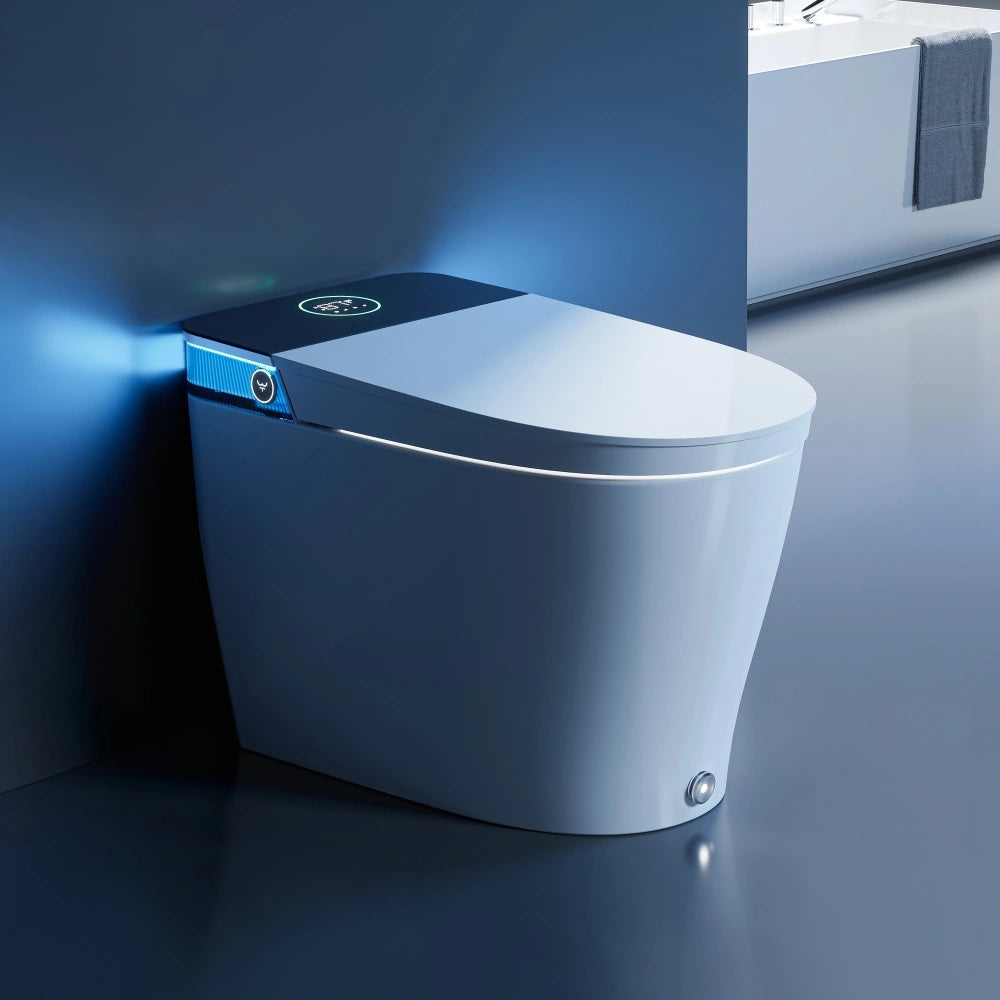
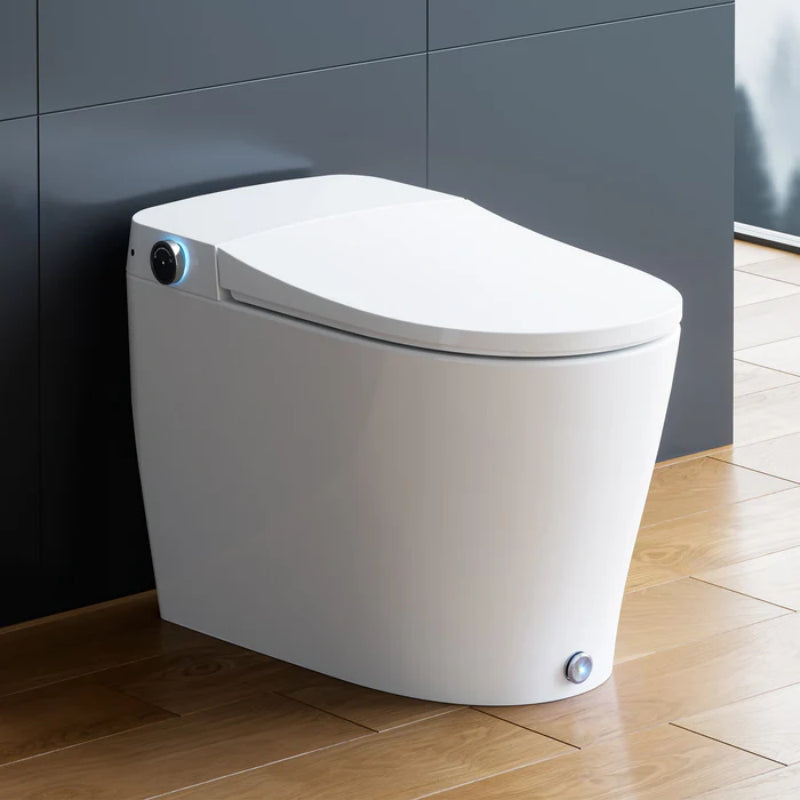
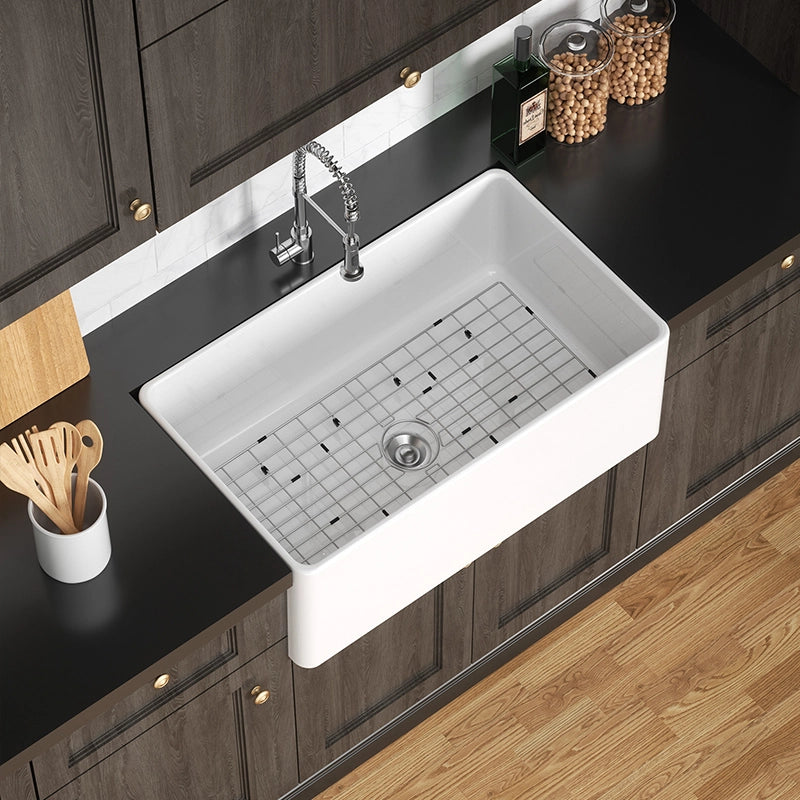
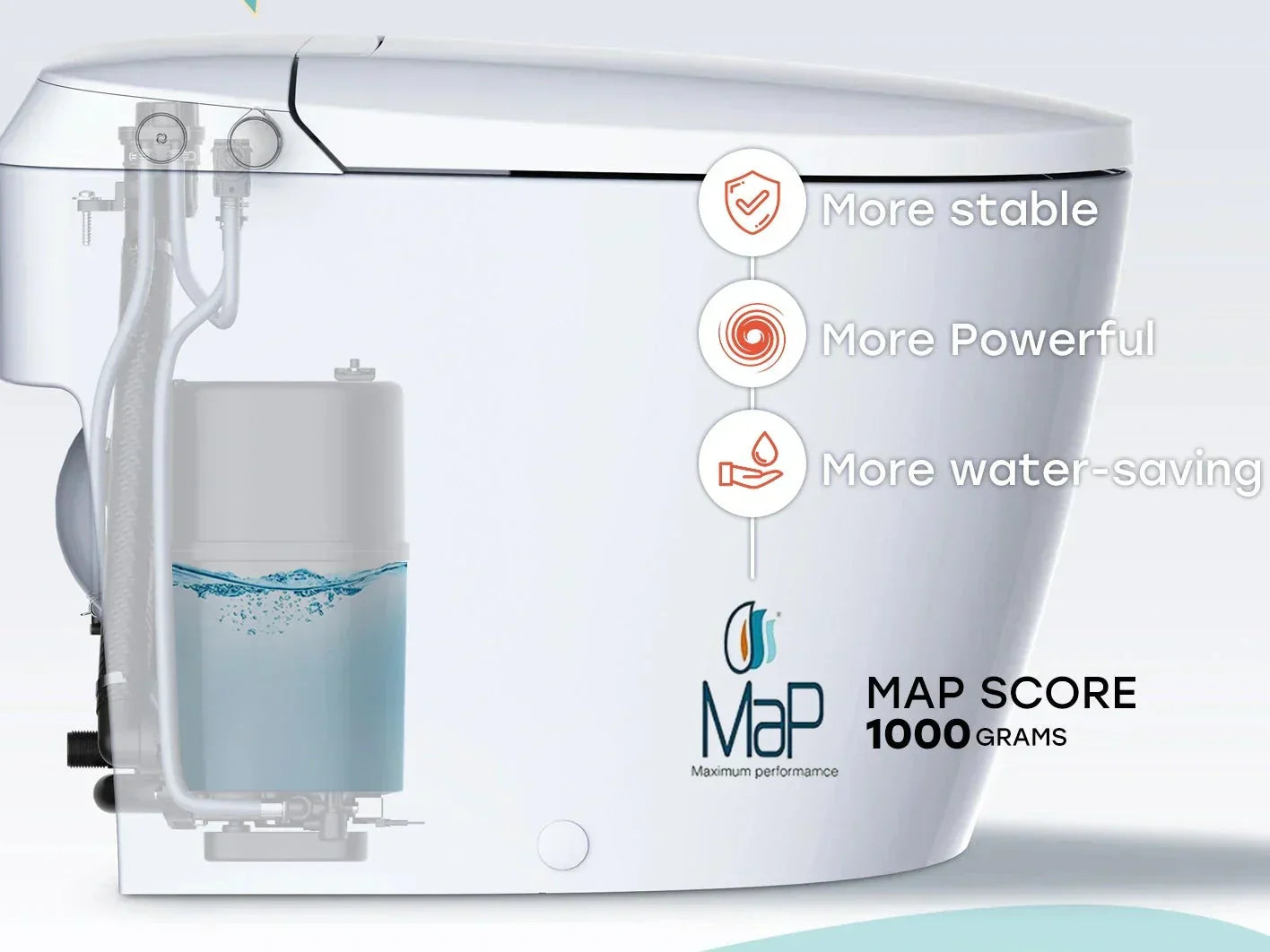
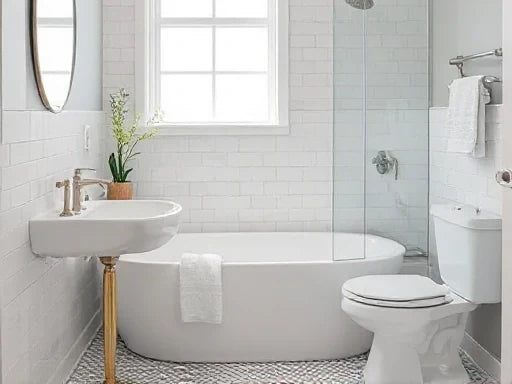
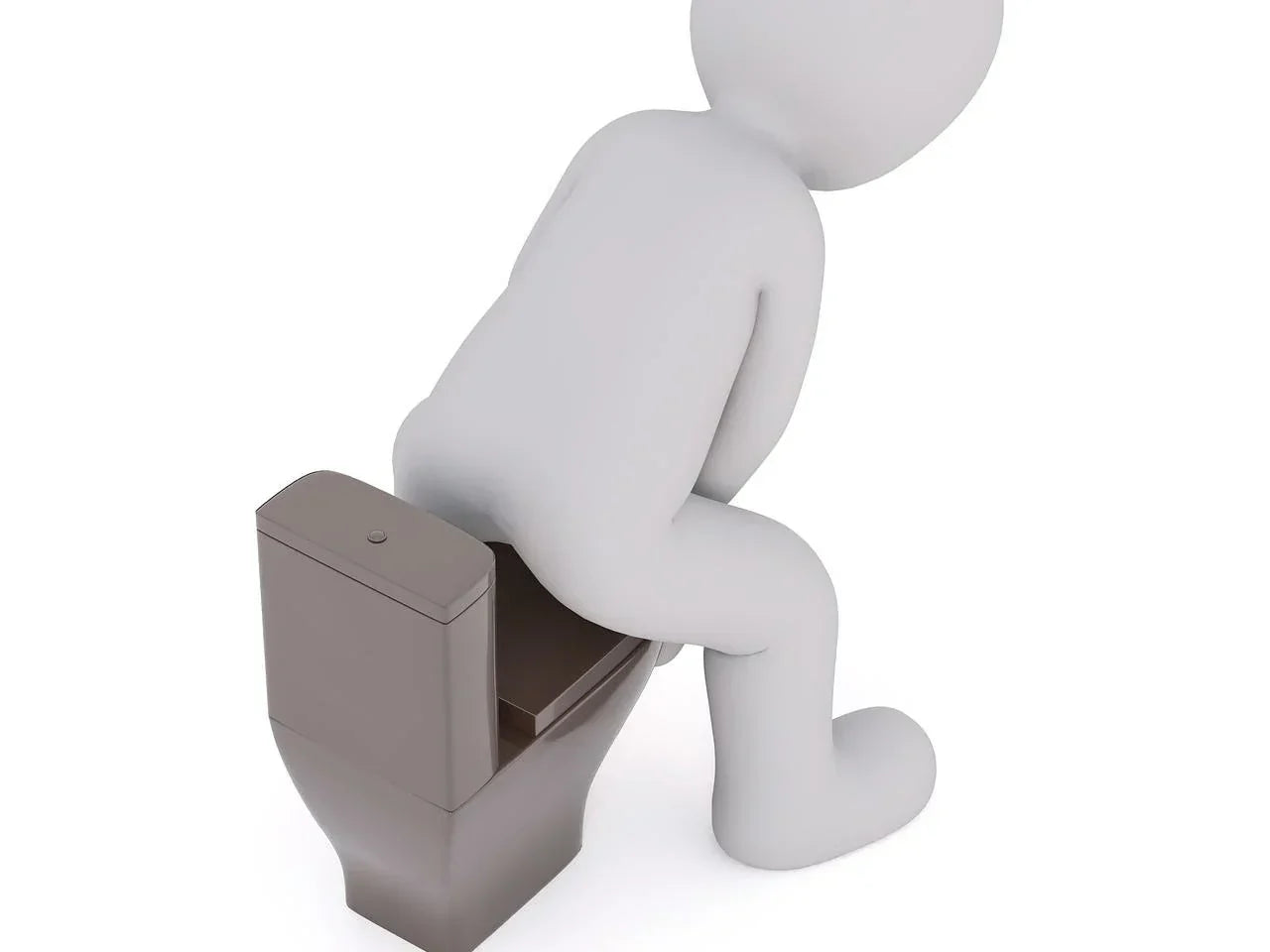

Leave a comment
This site is protected by hCaptcha and the hCaptcha Privacy Policy and Terms of Service apply.